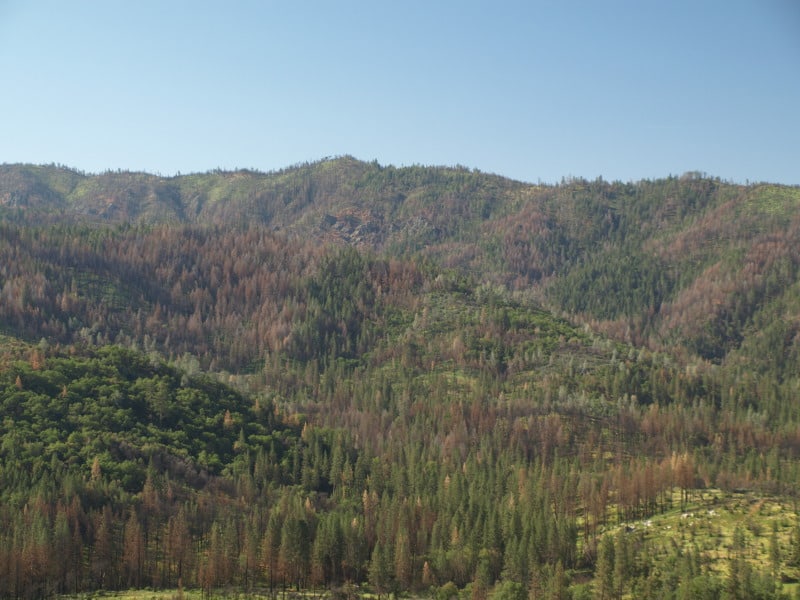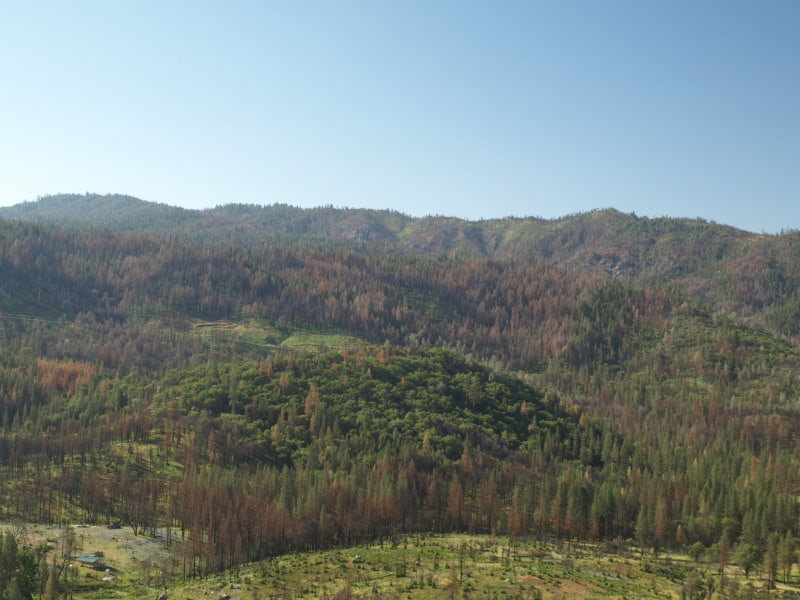Here are national and state perspectives.
The proposals to amend federal BLM and Forest Service plans to protect sage grouse have been released. I haven’t read the new plan components but I have followed the process since I was peripherally involved before I retired from the FS, and I was also more heavily involved in developing similar strategies for bull trout, lynx and grizzly bears. This is the way conservation planning on federal lands should be done – but BEFORE it gets to the point of possible listing and this kind of crisis management.
It would be nice to see this happening now in the forest plan revision process for species of conservation concern (for which a regional forester has found “substantial concern about a species’ capability to persist over the long-term in the plan area”). Instead of consistent conservation strategies being developed (based on ecosystem and/or species-specific plan components) we see species like wolverine, which recently barely (and maybe temporarily) dodged listing, not even being identified as a species of conservation concern in the Idaho and Montana plans that are being revised. There doesn’t seem to be a learning process here.
But the states are worse. They’ve had jurisdiction over sage grouse for the last century or two, and we’ve seen what results. It’s pretty laughable for them to now say the feds should follow state plans for sage grouse.
This is just flat out wrong,” Rep. Rob Bishop (R-Utah), the chairman of the House Natural Resources Committee, said of the plan. “If the Administration really cares about the bird they will adopt the state plans as they originally said they would. The state plans work. This proposal is only about controlling land, not saving the bird.”
Are the states trying to save the bird, or do they just see this as another opportunity to exert their control on federal lands?


